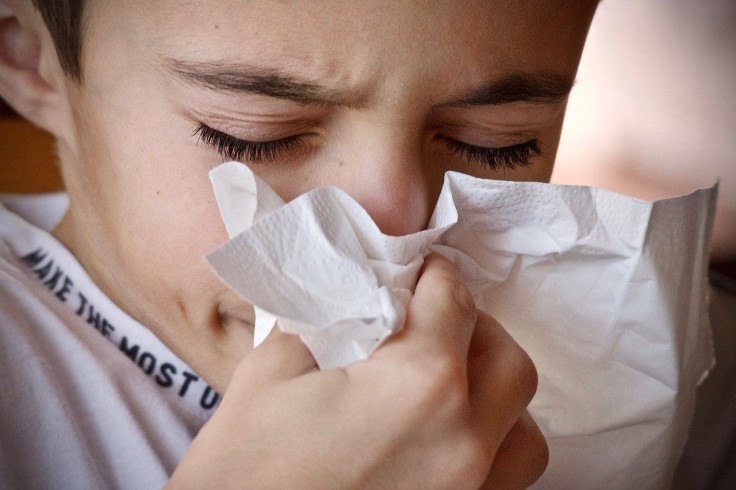Co-Infection Of Flu And Strep Can Become Very Serious In Kids; Doctors Explain Why
KEY POINTS
- Flu messes up the body's immune system, making it susceptible to secondary infections
- While pediatric co-infections aren't that common, hospitals are "seeing more cases this year"
- The most distinctive symptom of the flu is a high fever of up to 103 to 104 Fahrenheit
From the flu and COVID-19 to Strep A and RSV, viral infections are quite common in the winter season, especially among children. However, health experts are now warning about another threat – co-infections.
Both flu and strep A can turn into serious cases on their own. However, when both infections co-exist in the same body, the results can be fatal. For instance, a 5-year-old boy, from Greenville, Michigan, died on New Year's Eve after getting infected with the flu and strep A, according to ABC News affiliated WZZM.
Flu or influenza messes up the body's immune system, making it susceptible to secondary infections.
"Influenza is a respiratory virus, meaning it infects the nasal passages, the passages of the back of your throat, and then the lining of the lungs," Dr. Lori Handy, a physician in the division of infectious diseases at Children's Hospital of Philadelphia, told ABC News.
"Anytime those areas are particularly irritated, they break down some of your normal immune defenses that would protect against secondary bacterial infections and the bacteria really take advantage of that breakdown and go ahead and enter your body," Handy added.
There are many ways in which the immune system can collapse following a flu infection. According to a Yale University study, flu causes the level of serum glucocorticoid, a steroid hormone, to increase in the body. The serum is known to suppress the immune system.
Studies have shown that the flu reduces the number of macrophages – cells that kill microbes. Further, the flu virus allows bacteria to attach easily to respiratory cells.
"That allows bacteria to gain entry into the body more easily and so that's an advantage that the bacteria can utilize if you had an influenza infection," Dr. Sam Dominguez, an infectious disease specialist at Children's Hospital Colorado, explained.
The flu generally comes on with sudden symptoms. The patient will usually have a very high fever of up to 103 to 104 Fahrenheit. Other common symptoms include sore throat, nausea, body aches, vomiting or even diarrhea.
While pediatric co-infections are not that common, Dominguez added that hospitals are "definitely seeing more cases this year than last year.
The best bet to safeguard children against flu and its concomitant secondary infections is to get vaccinated against influenza.
"The influenza vaccine is very good at preventing severe disease in terms of saving you from getting hospitalized or dying of influenza and then, second of all, it prevents you from getting the secondary bacterial infections on top of that," Dominguez explained.
According to the Centers for Disease Control and Prevention (CDC), 47.5% of all children have received a flu vaccine as of December.

© Copyright IBTimes 2025. All rights reserved.





















